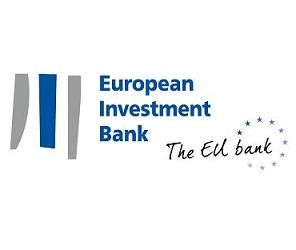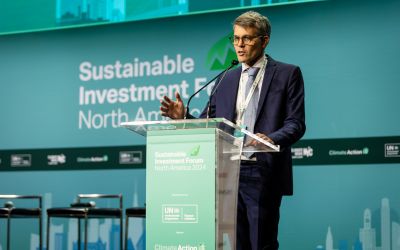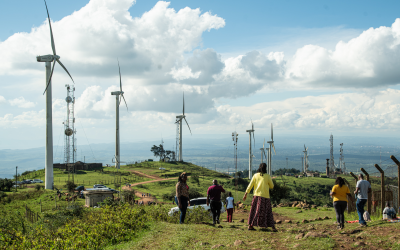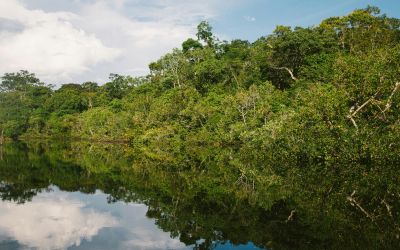EIB increases climate lending in developing countries
The world’s largest lender for climate related projects, the European Investment Bank (EIB), will increase the proportion of its lending in support of climate investment in developing countries from 25% to 35%.

The world’s largest lender for climate related projects, the European Investment Bank (EIB), will increase the proportion of its lending in support of climate investment in developing countries from 25% to 35%.
Werner Hoyer confirmed the European Investment Bank will increase climate lending in countries identified by the UN Framework Convention on Climate Change (UNFCCC) and the Organisation for Economic Co-operation and Development (OECD) as being especially vulnerable to the adverse impacts of climate change.
The German politician was speaking at a meeting of finance Ministers and multilateral financial institutions at the IMF - World Bank annual meetings in Lima.
“The EU Bank will provide well over $US 110 billion for climate action projects around the world over the next 5 years. We must do all we can to unlock new investment in countries especially vulnerable to climate change, including those with low-lying coastal areas and regions exposed to desertification, drought, and flooding. The EIB now expects its lending for climate projects to represent over a third of its support in those countries”, said Werner Hoyer, President of the European Investment Bank Group.
Sponsored Content
This announcement comes weeks after the EIB adopted a new strategy to guide its climate lending around the world, setting a minimum of 25% of all EIB lending in support of climate.
“Our new climate strategy focuses on enhancing the impact of climate funding, increasing financing for adaptation to climate change, unlocking new support from private capital, and ensuring that every project we help finance minimises emissions and is as resilient as possible to climatic uncertainties”, added Hoyer.
The Lima meeting provided an opportunity for governments and institutions involved in international climate finance to identify opportunities for improving their efforts in the run up to COP 21 meeting in Paris.
The EIB is the world’s largest multilateral lender for climate related projects.
In 2014 it provided loans totalling $US 25.4 billion for initiatives directly beneficial to climate change mitigation or adaptation across Europe and around the world.






